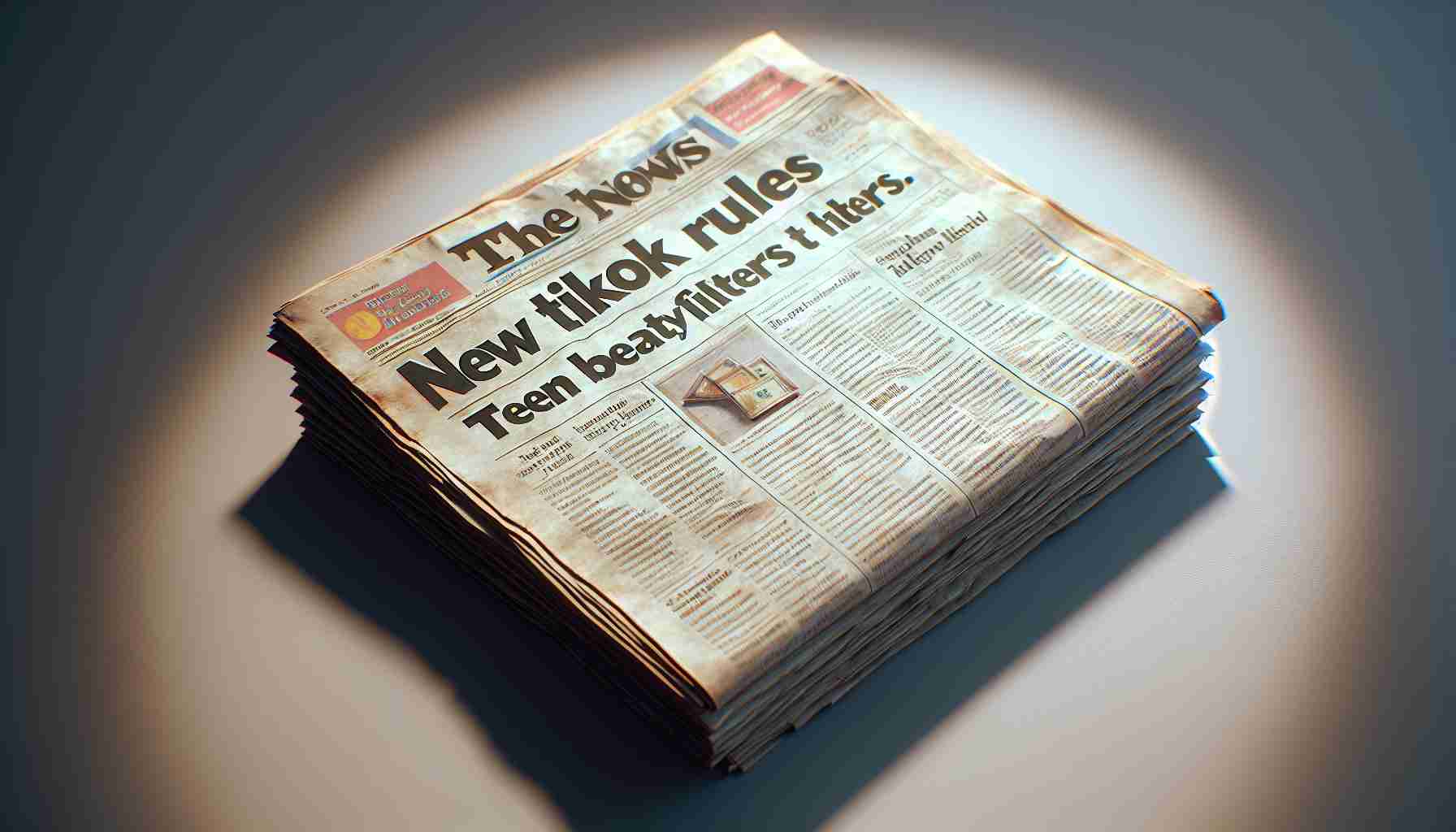Safeguarding teens from the potential impact of beauty filters has become a major priority, leading TikTok to roll out significant platform changes. These new regulations aim to protect users aged 13 to 18, following regulatory trends in the U.K. and the EU.
TikTok plans to restrict filters that drastically alter appearance, such as those that enlarge eyes or change skin tones. This move follows recent legislative efforts like the U.K.’s Online Safety Bill, requiring social media platforms to find innovative ways to protect children from harmful influences, including unrealistic beauty standards. The Digital Services Act from the EU mirrors this sentiment, pushing for algorithm transparency and improved user content control.
During a recent safety forum in Dublin, TikTok outlined restrictions on access to certain filters for younger users and detailed its plan to prevent kids under 13 from accessing the platform in Britain through machine learning technologies. This technology aims to identify and block underaged users swiftly, with incorrect blocks open to appeal.
TikTok’s new guidelines will soon be enforced globally, aiming to reduce exposure to filters that skew beauty perceptions. Research highlighted by Psychology Today and the Child Mind Institute indicates that altered images can negatively impact self-esteem and mental health among youths, leading to anxiety and depression.
Former U.S. surgeon general, Dr. Vivek H. Murthy, has advocated for regulating social media, comparing its potential harm to that of tobacco products, stressing the importance of safeguarding children’s online interactions.
These proactive measures from TikTok could be pivotal in altering social media’s influence on youth, offering parents reassurance in protecting their children online.
Will TikTok’s New Filter Restrictions Shape a Healthier Digital Era?
The digital landscape for teens is undergoing a transformative change due to TikTok’s recent initiatives aimed at curbing the impact of beauty filters. While the primary motivation revolves around protecting young users, these changes are causing ripples beyond mere safety updates.
How Technology Shapes Human Perceptions
The ongoing transformation highlights a peculiar intersection between technology and human psychology. Beauty filters—once a fun tool for artistic expression—are now being scrutinized for perpetuating unrealistic beauty standards. This shift prompts questions about how technology influences our perception of self-image. Can social media platforms redefine beauty standards, or is there a deeper cultural shift required?
The Advantages: Building a Healthier Digital Space
TikTok’s approach is aligned with broader global regulatory pushes, such as the EU’s Digital Services Act, which advocates for online transparency and user protection. By restricting specific filters, TikTok aims to create a safer, more equitable space for its young users. This could foster healthier online interactions and reduce the pressures youth face regarding appearance, potentially mitigating mental health issues like anxiety and depression.
Disadvantages and Concerns: Are We Limiting Creativity?
However, not all responses are positive. Critics argue that such restrictions might stifle creativity and expression on social media. Others question the efficacy of technology in correctly identifying underage users or inappropriately restricting content. Could these measures result in unintentional exclusion or censorship of artistic expression?
Broader Implications for Technology and Society
This move by TikTok also presents broader implications for the tech industry. Will other platforms follow suit, uprooting long-standing social media practices? Moreover, the reliance on machine learning for identifying users under 13 brings up ethical discussions on privacy and data security. How do platforms balance safety with privacy rights?
Controversies: Is Social Media the New Tobacco?
Perhaps the most intriguing comparison draws parallels between social media regulations and historical public health campaigns against tobacco. Dr. Vivek H. Murthy’s likening of social media’s impact to smoking suggests a paradigm shift in how digital consumption might be perceived and managed worldwide. This raises a controversial debate: should the government intensify its role in regulating digital content, and to what extent?
Looking Ahead: Opportunities for Innovation
TikTok’s aggressive push might just pave the way for new technologies and innovations in AI, specifically in creating safer, more personalized user experiences. It opens the door for educational content focused on self-esteem and body positivity, encouraging platforms to diversify their content moderation strategies.
In light of these changes, there’s no denying that TikTok’s initiative to curb beauty filters could serve as a catalyst for redefining social media’s influence on youth. As these measures roll out globally, the balancing act between safety, creativity, and freedom remains a challenging landscape to navigate.
